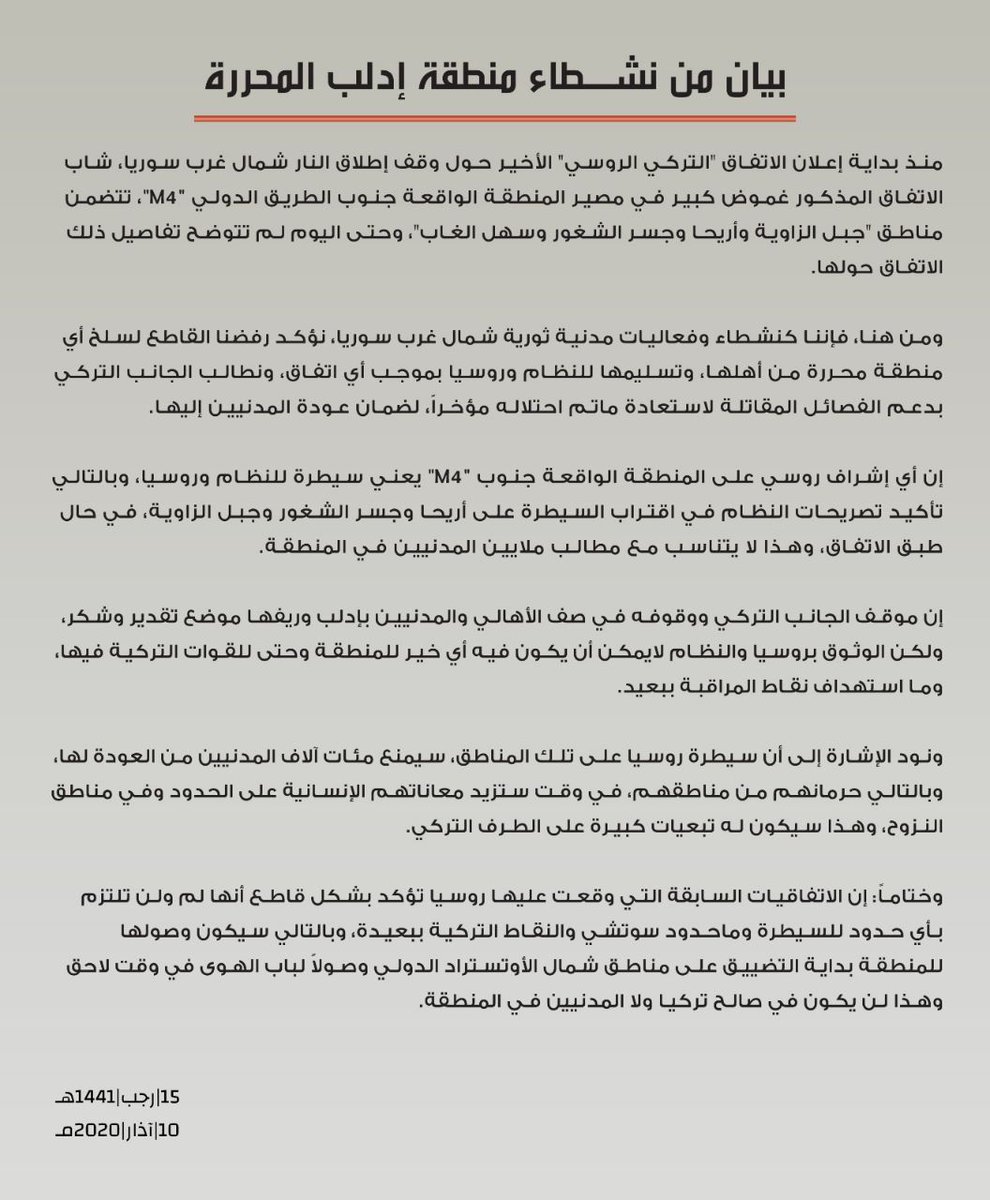...the military lessons of Turkey’s onslaught pose serious questions for future concepts of operation. In short, armoured vehicles on the modern battlefield cannot hide.
...
It is fair to say that Western armies have to a large extent been in denial about the impact of these capabilities. Awaiting a revolution in swarm technology and AI, Western forces have largely overlooked the fact that it is the density of sensors that is decisively reshaping the battlefield.
...
The lessons from Idlib are stark. While armored vehicles still have a great deal of utility, if units lack effective layers of defensive capabilities they will not reach the fight while remaining combat effective.
...
In the context of the UK’s Integrated Review, Idlib throws up troubling questions. Major land force procurement programmes, including the Challenger II Life Extension Programme, and Warrior Capability Sustainment Programme, represent commitments that deliver a force just as susceptible to emerging threats as it is today. By contrast, British forces lack GBAD in any density, and SHORAD of any kind. Ground forces risk replicating the familiar at the expense of the effective. Mechanised and armored manoeuvre has a theoretical pathway to future viability. The electronic warfare and air defence capabilities exist and are most versatile when they have mobility through being vehicle-mounted. However, the changes required in terms of the design of manoeuvre units, what capabilities they include organically, and how they are protected by assets held at higher echelons indicate that the concept of operations for these forces is in desperate need of updating when the current threat environment is taken into consideration.






